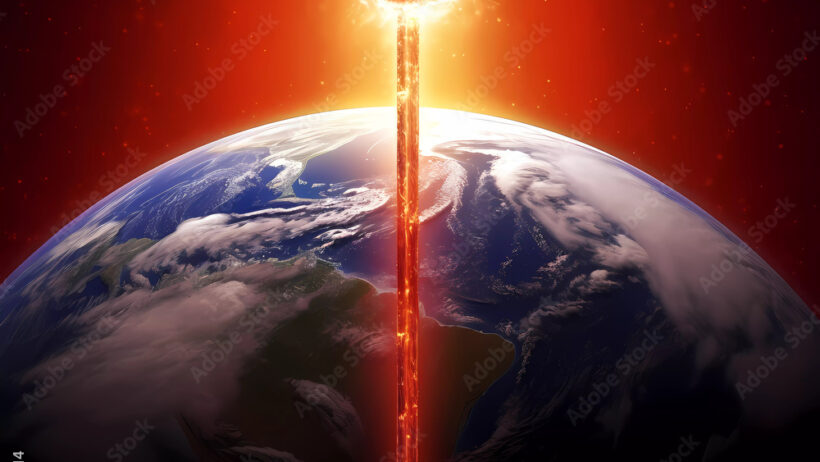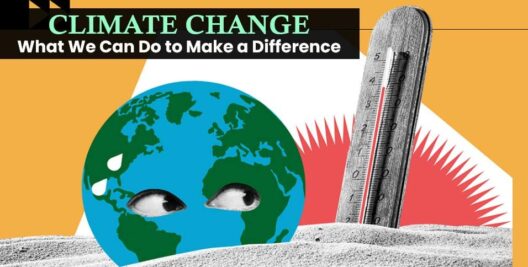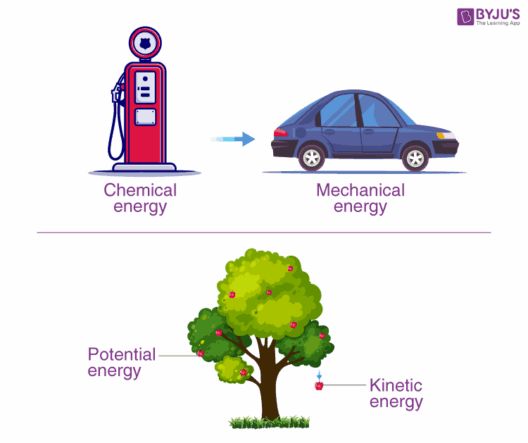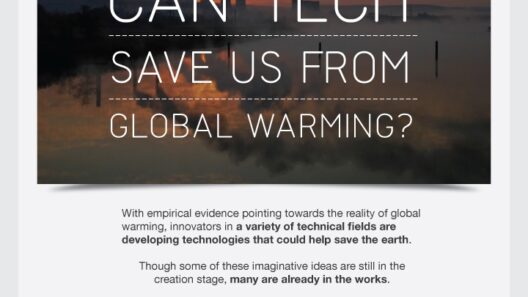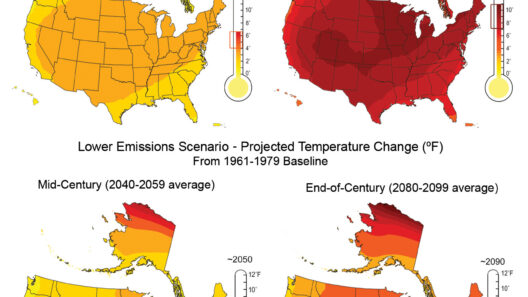In recent years, the phrase “global warming” has generated a plethora of discussions, debates, and doomsday predictions. Can Earth actually explode from global warming? This playful question, although seemingly absurd, invites deeper scrutiny into the more complex and nuanced implications of climate change. While the notion of our planet erupting in a fiery cataclysm may belong more to the realm of science fiction, the potential consequences of unchecked global warming indeed present dire scenarios that warrant attention. Let us embark on a thorough exploration of this topic, examining the myths of doomsday and the factual realities that lie behind them.
To begin with, it is pivotal to understand the mechanics of global warming. The Earth’s temperature is regulated by a delicate balance of energy received from the sun and the energy that is radiated back into space. A significant increase in greenhouse gases, predominantly carbon dioxide (CO2) and methane (CH4), exacerbates this balance, trapping heat within the atmosphere. The Surging concentrations of these gases are the product of human activities such as fossil fuel combustion, deforestation, and industrial processes. Consequently, the planet’s average temperature continues to rise, leading us to the urgent question: what might happen if this trend persists?
As the Earth’s temperature climbs, some might imagine a catastrophic explosion. However, scientifically, Earth does not have the capacity to “explode” in the traditional sense. Instead, the manifold repercussions of global warming manifest in insidious and perilous ways. Melting polar ice, rising sea levels, intensified weather phenomena, and disruptions in ecosystems are among the critical challenges. For instance, as polar ice caps shrink, they contribute to sea-level rise, threatening coastal cities and low-lying regions worldwide. With projections estimating that sea levels could rise as much as six feet by the end of the century, the ramifications for millions of people are far more palpable than an explosive demise.
Moreover, increased temperatures contribute to more extreme and unpredictable weather patterns. Hurricanes, droughts, and wildfires have become more severe and frequent, resulting in environmental and socio-economic upheaval. One illustrative example is the intensified hurricanes in the Atlantic, where warmer ocean temperatures serve as fuel. The recent years have witnessed catastrophic events, which underscore the reality that the planet, while not on the brink of exploding, is indeed experiencing severe and life-threatening changes.
Another common misconception is the idea of a “climactic tipping point,” suggesting that once surpassed, the adverse effects of global warming will become inevitable and uncontrollable. Some scientists warn of scenarios where thresholds in the climate system could trigger runaway effects, such as the release of frozen methane deposits from the ocean floor or rapid deforestation leading to desertification. While these scenarios are theoretically plausible, the timeline remains uncertain and is contingent upon human actions today.
The ecological consequences of global warming extend far beyond weather patterns. Shifts in biodiversity are also a significant concern. As ecosystems struggle to adapt to the rapidly changing climate, countless species face extinction. Coral reefs, which harbor vibrant marine life, are particularly vulnerable to rising ocean temperatures and acidification. Events such as coral bleaching serve as alarming indicators of our oceans’ distress and, consequently, the interconnectedness of life on Earth. The loss of biodiversity weakens the resilience of ecosystems, ultimately placing further strain on human societies that rely on these natural resources.
Yet, amid this daunting landscape, it becomes essential to adopt a pragmatic perspective. While the fantastical idea of Earth exploding from global warming is a myth, the real challenges we face are no less serious. The ongoing changes in our climate could catalyze unprecedented humanitarian crises, exacerbate social inequities, and result in significant economic losses. Engaging with these realities and working towards mitigating climate change should be at the forefront of our global initiatives.
In this context, the notion of individual agency and collective responsibility becomes paramount. Individuals, communities, corporations, and governments can take affirmative actions to combat climate change. From reducing carbon footprints through sustainable practices to advocating for renewable energy sources, there are myriad ways to contribute. Moreover, fostering awareness about climate impacts can galvanize communities towards proactive engagement. Addressing the disinformation surrounding global warming, while simultaneously promoting scientific literacy, must take precedence in educational discourse.
Ultimately, the idea of Earth being on the brink of destruction due to global warming may ignite fear; however, it should also serve as a call to action. The challenge lies in transforming anxiety into purpose. Instead of succumbing to doomsday myths, we should channel our efforts into cultivating sustainable lifestyles, supporting policies for renewable energy development, and preserving the integrity of our ecosystems.
In conclusion, while the Earth will not explode from global warming, it is undergoing significant changes that threaten both the environment and humanity. The urgency is clear: acknowledging the myths while facing the realities of climate change empowers us to take decisive action. Rather than dwelling on fear, it is advantageous to foster a sense of hope and responsibility. Through collective dedication and informed practices, we can indeed turn the tide against climate change, safeguarding our planet for generations to come.



